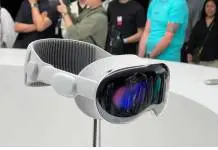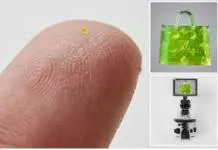
The drone industry is experiencing a boom in the market, expecting to rise from $4.4 billion in 2018 to $63.6 billion by 2025. With its applications in myriad fields, from agriculture to military surveillance and intelligence, it’s easy to see why. Check out these innovative ways drone technology will be used in the future.
Drones as Ocean Cleanup Implements
The WWF recently reported the death toll of marine mammals caused by pollution often surpasses 100,000 per year. Because of the ongoing evidence of pollution, there’s a more pressing need to find efficient methods of how we need to clean up the ocean. For this purpose, drones will prove invaluable.
Vessel-mounted sensors and GPS satellite trackers have served cleanup crews well so far. With drones, crews will be able to clean up faster and more than before. Using drone-mounted HD cameras and other sensors, they can pinpoint clusters of litter for speedy pickup.
A 25-day expedition by the Ocean Voyages Institute yielded 42 tons of plastic and abandoned nets. Such things prove deadly to sea creatures that get trapped in them or mistake them for food. Their debris detection software predicts where the next patch of litter will be. The drones then provide visual confirmation of these projected points. This is the reason for their hefty turnout in a short time span.
Drones as Virtual Presence Devices
Virtual presence devices were all the rage as 4G and WLAN became widespread. Mounted on a drone, a virtual presence would be much more mobile. Faster internet capabilities would make video streaming and control a breeze. That’s what Google aims to achieve with its telepresence drone design. The device is fitted with a smartphone housing and a projection screen to display the video feed.
With this design, Google intends to offer an affordable virtual presence for anyone working at home. Though it may seem a novelty, this offers a peek at what a virtual presence drone can be capable of in the near future. According to Drone Guru, drones will find more use in the corporate, industrial, and even agricultural sector. Thus, it would be advisable to check those if you aim to operate a drone for work purposes.
Disease Spread Tracking
As sensor equipment gets smaller and more portable, they become easier to mount on small unmanned vehicles, such as drones. For purposes such as tracking disease spread, this saves a lot of effort and time for all parties. The main tools involved are temperature sensors mounted on the drones. This allows analysts to log spikes of body heat in population centers. They then take this data to surmise whether an area is becoming a disease hotspot.
This innovation is seeing a great amount of use in fighting the spread of COVID-19, which was declared a pandemic early in 2020. It was based on a technology developed in 2014 to detect the vitals of premature babies. Sometime after it was introduced, the system found important use in search-and-rescue operations.
Those powerful vital sign detectors were redesigned to be able to be mounted on drones. The drones were able to detect body heat and to breathe from up to 8 meters aboveground. They were then used to find people trapped under rubble caused by earthquakes or landslides.
Often in history, there come technologies that define the way of life for decades and sometimes centuries to come. With such innovative technology, drones will bring more innovative applications than some of us may realize.










